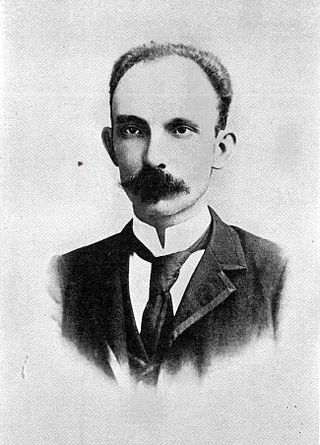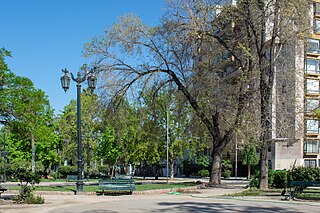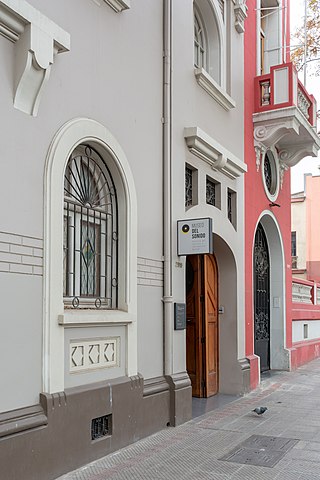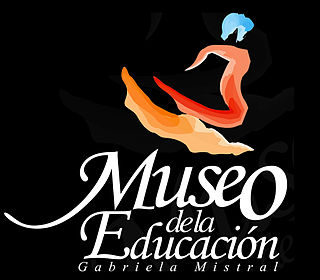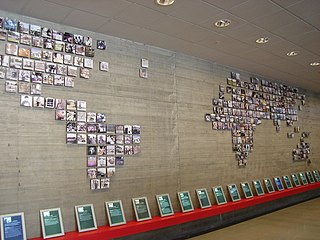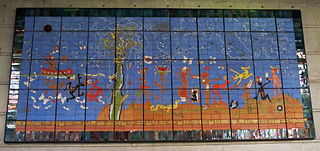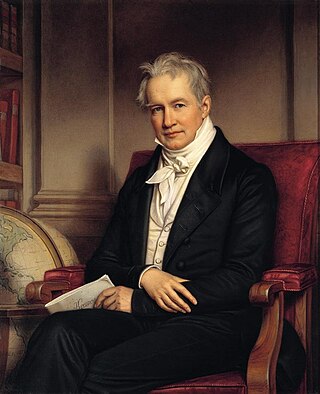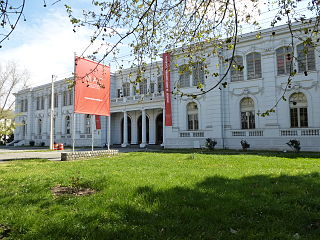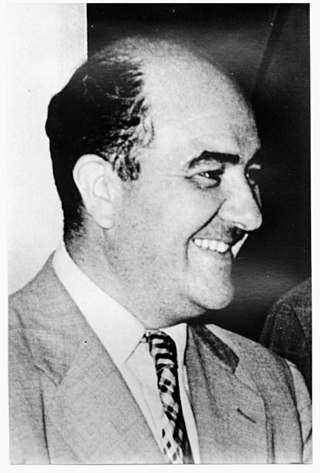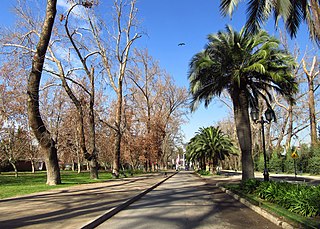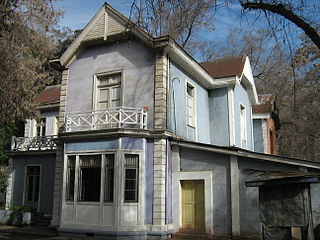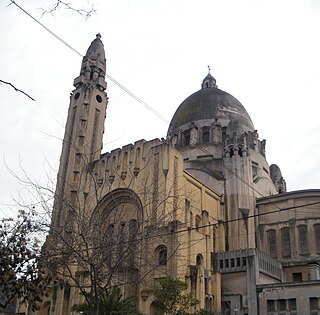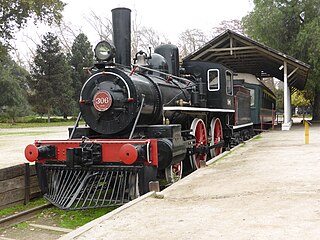Self-guided Sightseeing Tour #4 in Santiago, Chile
Legend
Guided Free Walking Tours
Book free guided walking tours in Santiago.
Guided Sightseeing Tours
Book guided sightseeing tours and activities in Santiago.
Tour Facts
3.8 km
48 m
Experience Santiago in Chile in a whole new way with our free self-guided sightseeing tour. This site not only offers you practical information and insider tips, but also a rich variety of activities and sights you shouldn't miss. Whether you love art and culture, want to explore historical sites or simply want to experience the vibrant atmosphere of a lively city - you'll find everything you need for your personal adventure here.
Activities in SantiagoIndividual Sights in SantiagoSight 1: José Martí
José Julián Martí Pérez was a Cuban nationalist, poet, philosopher, essayist, journalist, translator, professor, and publisher, who is considered a Cuban national hero because of his role in the liberation of his country from Spain. He was also an important figure in Latin American literature. He was very politically active and is considered an important philosopher and political theorist. Through his writings and political activity, he became a symbol of Cuba's bid for independence from the Spanish Empire in the 19th century, and is referred to as the "Apostle of Cuban Independence". From adolescence on, he dedicated his life to the promotion of liberty, political independence for Cuba, and intellectual independence for all Spanish Americans; his death was used as a cry for Cuban independence from Spain by both the Cuban revolutionaries and those Cubans previously reluctant to start a revolt.
Sight 2: Parque Portales
The Portales Park is an urban park located in the Yungay neighborhood of the Chilean commune of Santiago Centro. His odónimo is in tribute to Chilean politician Diego Portales. Rectangular, it is located between Portales Avenue in the North, Agustinas Street in the South and Matucana Avenue west. In terms of urbanism, it is part of the Portales-Matucana polygon.
Sight 3: Museo del Sonido
The Museum of Sound is a museum dedicated to the history of musical recording and reproduction, located in the Yungay neighborhood of the city of Santiago, Chile. Inaugurated in 2019, it was promoted through the Mariana Préndez de Casanueva Foundation after acquiring Arturo Gana's collection of phonographs and gramophones.
Sight 4: Museo de la Educación Gabriela Mistral
The Gabriela Mistral Education Museum (MEGM) was founded on September 13, 1941 and operates in the west wing of the former Normal School of Preceptors, located at the intersection of Chacabuco and Compañía de Jesús streets, in the Yungay neighborhood of the commune of Santiago, Chile.
Sight 5: Museo de la Memoria y los Derechos Humanos
The Museum of Memory and Human Rights is a museum in Santiago, Chile, which commemorates the victims of human rights violations during the military dictatorship led by Augusto Pinochet between 1973 and 1990. It was inaugurated by then-president Michelle Bachelet on January 11, 2010, as part of government's commemoration of the bicentennial of Chile.
Sight 6: Verbo América
Verbo América is a mural created by Chilean painter Roberto Matta in 1996. The work was donated by the artist to his native country with the aim of being appreciated by as many compatriots as possible. It is located in the Quinta Normal station of the Santiago Metro.
Sight 7: Alexander Von Humboldt
Friedrich Wilhelm Heinrich Alexander von Humboldt was a German polymath, geographer, naturalist, explorer, and proponent of Romantic philosophy and science. He was the younger brother of the Prussian minister, philosopher, and linguist Wilhelm von Humboldt (1767–1835). Humboldt's quantitative work on botanical geography laid the foundation for the field of biogeography, while his advocacy of long-term systematic geophysical measurement pioneered modern geomagnetic and meteorological monitoring. Humboldt and Carl Ritter are both regarded as the founders of modern geography as they established it as an independent scientific discipline.
Sight 8: Museo de Arte Contemporaneo
The Versailles Palace is a building located in the Quinta Normal Park in the city of Santiago, Chile. It was built in 1918 as the headquarters of the National Society of Agriculture (SNA), later becoming the headquarters of the Faculty of Agronomy of the University of Chile, and an outpatient clinic of the San Juan de Dios Hospital, until since 2005 it has housed the Quinta Normal headquarters of the Museum of Contemporary Art. It was declared a National Monument of Chile, in the category of Historic, by exempt decree No. 949, of November 5, 2004, promulgated during the government of President Ricardo Lagos.
Sight 9: Jardín Chileno Carlos Muñoz Pizarro
Carlos Muñoz Pizarro was a Chilean botanist born in the city of Coquimbo and deceased on May 12, 1976 in New York City. He was well known for his studies of the Chilean flora, its conservation and as university professor.
Sight 10: Parque Quinta Normal
Quinta Normal Park is an urban park in the city of Santiago, Chile. The park is in a commune, or district of the same name, Quinta Normal. The park is bounded by Matucana Avenue to the east, Portales Avenue to the south and Santo Domingo Street to the north. It is home to several museums, including the Chilean National Museum of Natural History. Near the park is the Museum of Memory and Human Rights. The park is also near a public library.
Sight 11: Museo de Ciencia y Tecnología
National Museum of Science and Technology may refer to:National Museum of Science and Technology (Bangladesh), in Dhaka, Bangladesh National Museum of Science and Technology (Pakistan), in Lahore, Pakistan National Museum of Science and Technology (Spain), in La Coruña and Alcobendas, Spain National Museum of Science and Technology (Sweden), in Stockholm, Sweden Ingenium, official name National Museum of Science and Technology, a Canadian crown corporation that operates several museums, including: Canada Science and Technology Museum, formerly the National Museum of Science and Technology
Wikipedia: National Museum of Science and Technology (EN), Website
Sight 12: Museo Infantil
The Children's Museum is a museum located in the Quinta Normal Park in the city of Santiago, Chile. It is managed by the Private Corporation for the Dissemination of Science and Technology (Corpdicyt). It is aimed at children from 2 to 13 years of age.
Sight 13: Basílica de Lourdes
The Basilica of Lourdes is a church in Santiago, Chile. It stands laterally opposite the Quinta Normal Park.
Sight 14: Railway Museum
The Santiago Railway Museum is located in the Quinta Normal Park in the capital of Chile. It is managed by the Private Corporation for the Dissemination of Science and Technology. It has one of the main railway collections of steam locomotives in South America.
Share
How likely are you to recommend us?
Disclaimer Please be aware of your surroundings and do not enter private property. We are not liable for any damages that occur during the tours.
GPX-Download For navigation apps and GPS devices you can download the tour as a GPX file.
